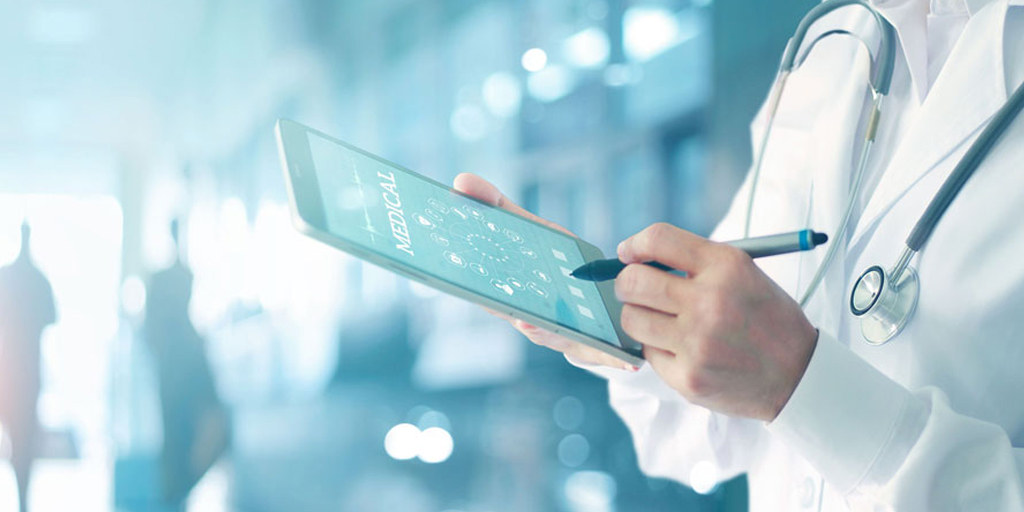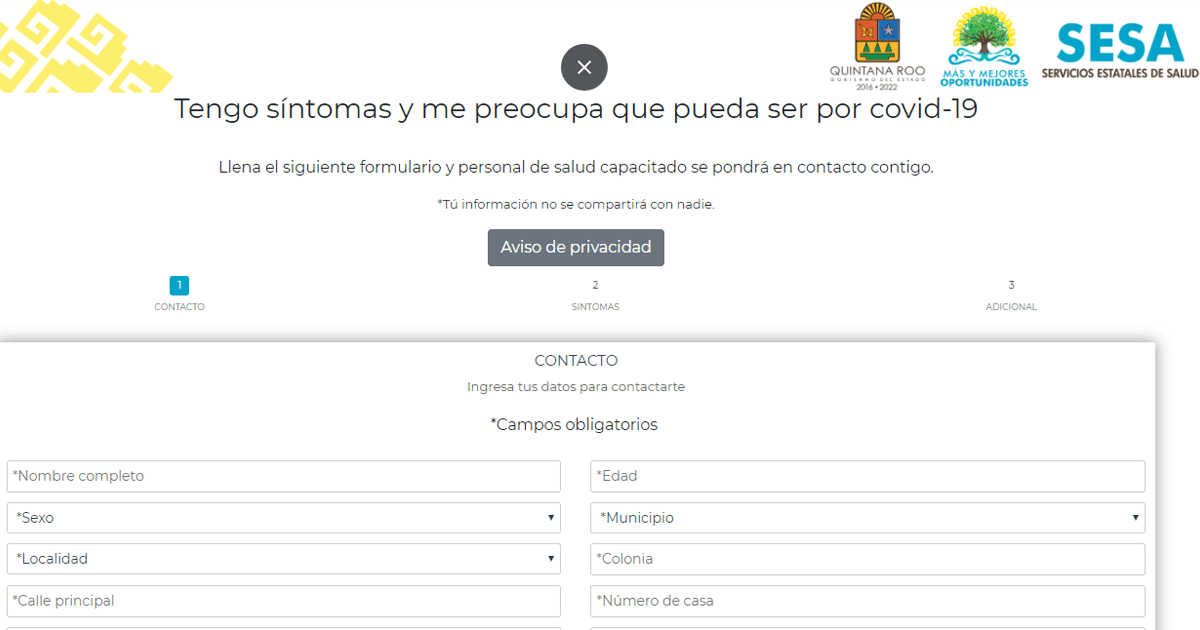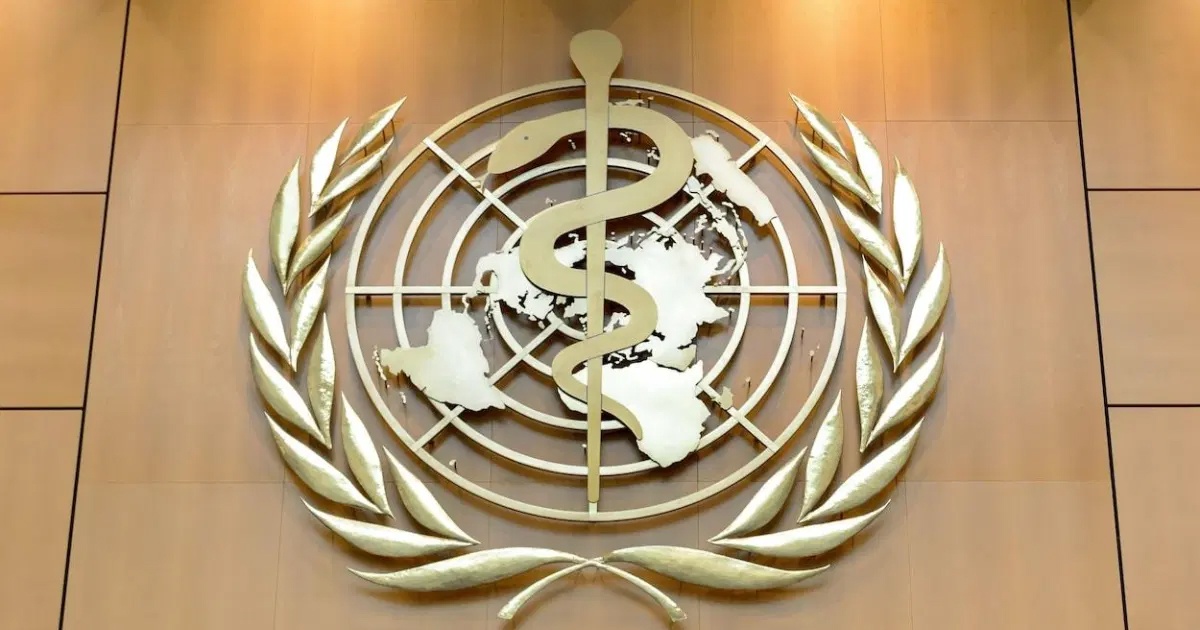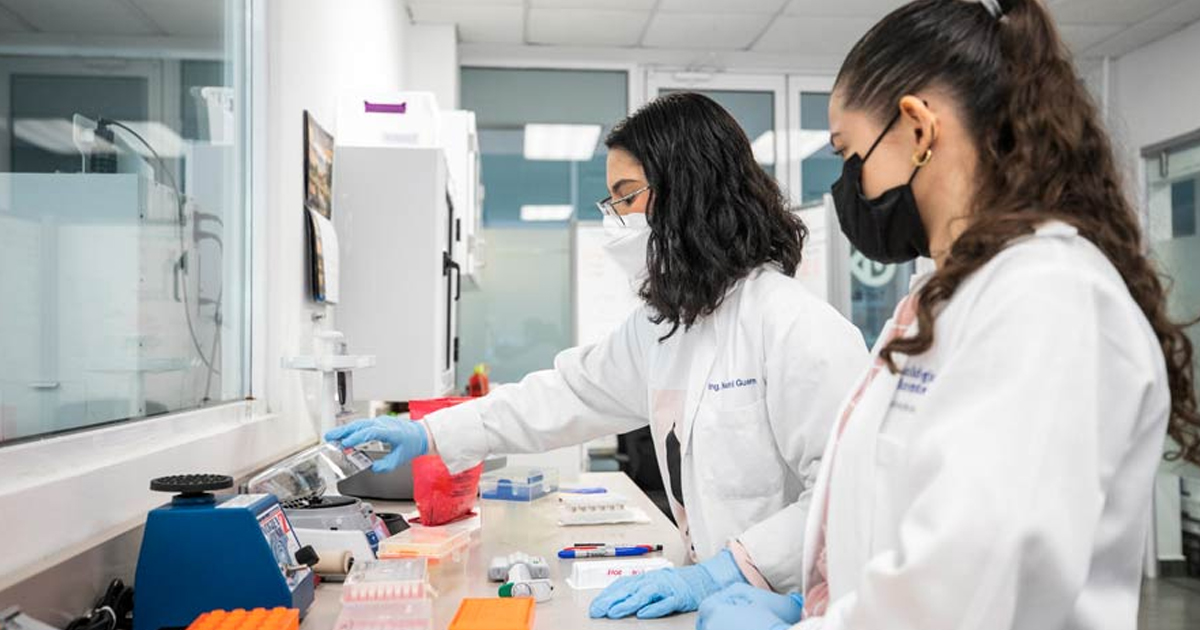National Health Service (NHS) radiologists in the United Kingdom have conducted a comparative study with more than 40,000 mammographs to measure the impact of Mia, the Artificial Intelligence (AI) technology, which aims to reduce the workload of radiologists, as well as to accelerate diagnostic processes.
Dr. Nisha Sharma and Dr. Jonathan James, who serve as breast cancer radiologists at the NHS, presented preliminary results of the study measuring the impact of AI on breast cancer detection. The press release from the company that developed the technology mentioned that two radiologists working independently are required in the UK for the evaluation of the mammographs. That is, double-reading detection, the most reliable method of breast cancer detection, a situation that could be changed by the application of Mia.
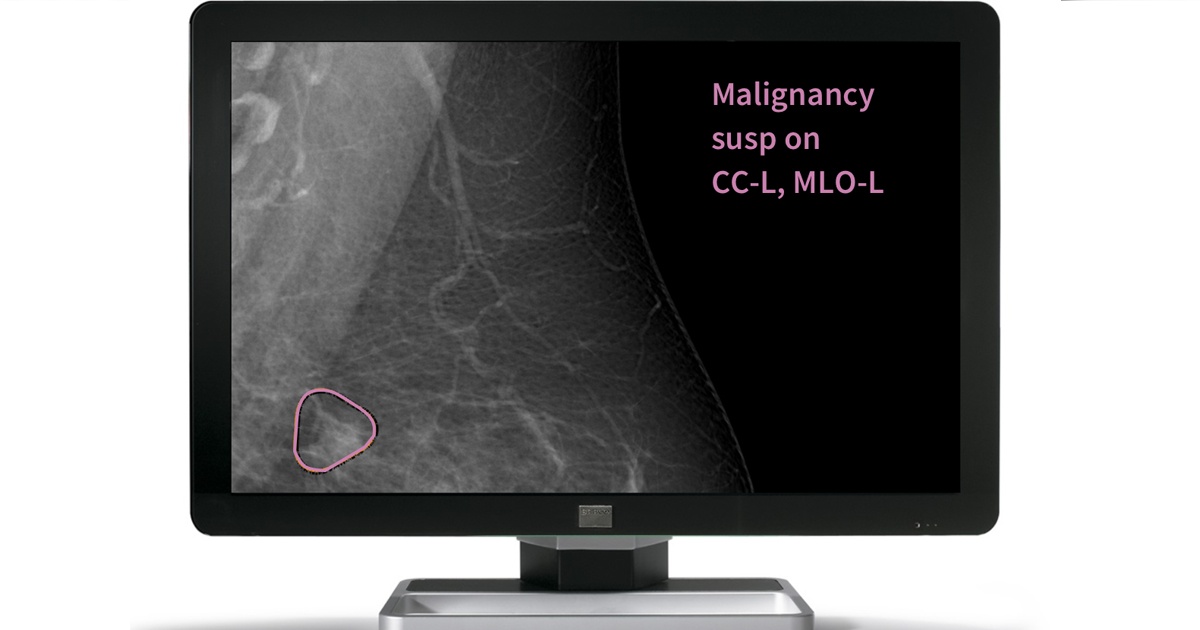
Another significant result is the reduction of times, as if Mia acts as the first radiologist, the second radiologist can reduce the reading time by up to 81.9% and generate a faster diagnosis.
Another of the significant results is the reduction of times, because if Mia acts as the first radiologist, the second radiologist can reduce up to one 81.9% reading time and generate a faster diagnosis.
Peter Kecsekmethy, co-founder of the developer company, mentioned the following about the results of the internal study: “These internal results demonstrate a promising first step in using safe AI to address the crisis in the breast scanning workforce. When Mia is used as a second radiologist there is hardly any change in the performance of the scanning service and there is reason to believe that the net result will be an improvement in the quality of the service. So, we are showing how Mia helps solve the needs in breast scanning by acting as an independent reader.”
Moreover, he emphasized that Mia does not seek to defeat human radiologists, but to function as a support, as the combination of both can generate a new solution to traditional diagnostic standards. He also mentioned that Mia is safe and effective and is validated through AI.
“AI shows great promise, but when it is used to intervene in people's lives in healthcare, we need to be robust in our research and clinical studies”explained Dr. Sharma on the advances of AI in health.
Dr. James, mentioned the following about the workforce crisis facing the UK during the COVID-19 pandemic: “we need to find a way to solve that problem and keep offering women the best service possible when it comes to screening for breast cancer. The results we’ve presented today show that Mia could be that solution. It’s a privilege to share them today with our peers at RSNA and give them the first piece of evidence that Mia could be a safe and effective tool for their screening service.”
KEHIRON MED
M-HEALTH SPOT

